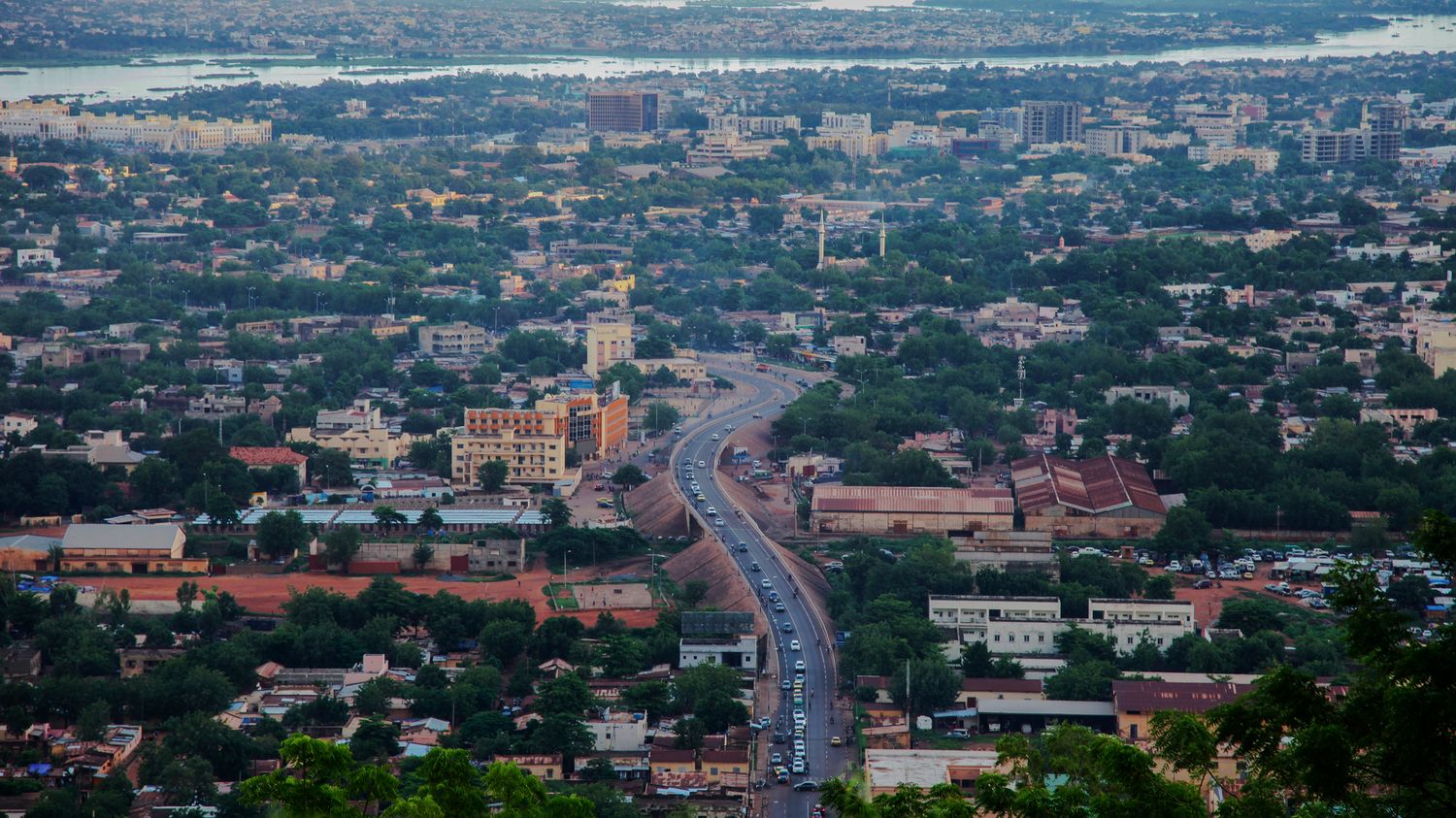The first drilling has been underway for a few weeks in Nebraska. Deposits are being studied in Australia, Brazil, Iceland, but also in France. And the prospects for this source of energy that no one was expecting are panicking scientists and industrialists.
So-called “green” hydrogen is now produced industrially at the cost of heavy pollution. But, so-called “white” hydrogen (native, or natural), this gas that is produced, would in fact be naturally present underground in considerable quantities. To the point that some no longer hesitate to speak of a “new oil”. Explanations from Hervé Poirier, editor-in-chief of the magazine Epsiloon.
franceinfo: Are you talking to us today about a source of energy that no one expected and which, in your opinion, could be a game-changer?
Herve Poirier: The first drilling has been underway for a few weeks, in Nebraska. Thirty exploration permits have been awarded in recent months in Australia. Deposits are being studied in Spain, China, Finland, in the depths of the Atlantic. And also in France, in the Pyrénées-Atlantiques.
Behind the scenes, all the major oil companies are showing great interest. And, among the scientists we interviewed during our survey, some no longer hesitate to speak of a “new oil”. The name of this potential windfall? Hydrogen.
But has the energy qualities of hydrogen been exploited for a long time?
You are talking here about so-called “green”, “grey” or “yellow” hydrogen, which is today produced industrially, at the cost of a great waste of energy. Here, it is so-called “white” (or “native”) hydrogen, naturally present underground. Imagine that instead of oil or methane, immense streams of this gas would start to gush out from the subsoil, whose powerful combustion emits only water, and which would be capable of virtuously propelling trucks, trains, planes, boats. It is this beautiful dream we are talking about here.
But why has no one taken this resource seriously so far?
Almost no one believed it. Until a few years ago, this gas was considered a mere geological curiosity. But there was the Bourakébougou deposit, in Mali, about 60 kilometers northwest of Bamako. A 100 m deep hole had been dug to find water. Until a technician lights a cigarette, and everything explodes. This almost pure hydrogen well was finally exploited from 2011.
Since then, geologists have begun to better understand how and where this gas can accumulate in the earth’s crust, sometimes in absolutely considerable quantities. More and more researchers are convinced that white hydrogen will be the next major source of energy, capable of pivoting the fossil industry towards this new, perfectly green resource within a decade. Given the current rush, we will see more clearly, quite quickly. And this could be one of the few real good news that the planet has been sending us for some time.
